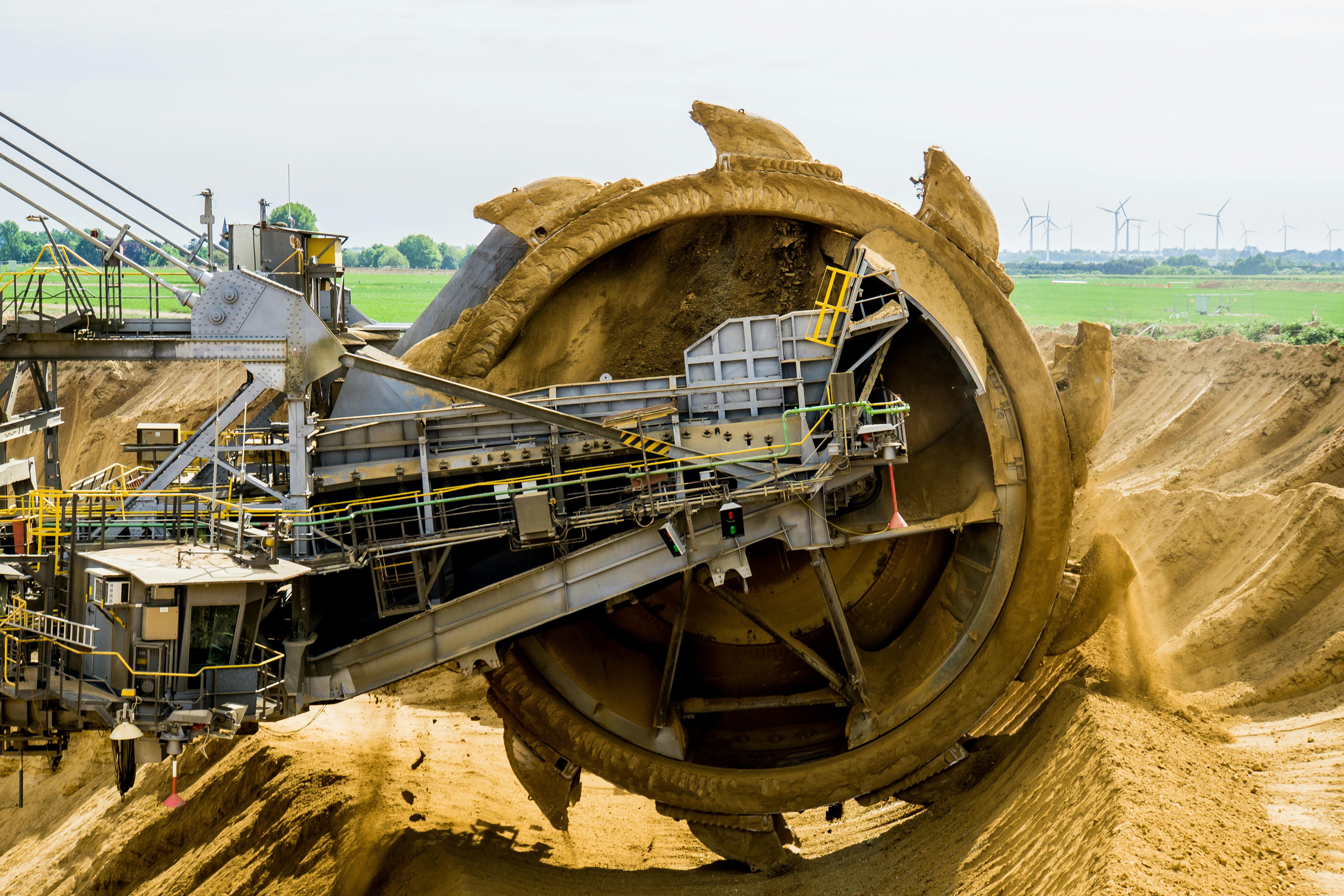Redefining Mining Through Technology

Q1. Could you start by giving us a brief overview of your professional background, particularly focusing on your expertise in the industry?
With 23 years of experience at Cerro Matoso (South32), a pyrometallurgical operation in Colombia, I have developed a robust expertise in various production and improvement areas. As a Chemical Engineer, I have worked extensively with equipment such as furnaces, kilns, dryers, pollution control systems, metal recovery plants, nickel refining processes, marketing, and quality labs. I also played a pivotal role in significant projects, including the startup of Furnace 2 and the rebuilding of Furnace 1. In addition, I served as the HSE Superintendent and led the implementation of the Operating System (MOS) and training processes in line with South32’s guidelines. Additionally, I represented the company in bargaining with the union, achieving excellent results.
Following my time at Cerro Matoso, I have worked as an independent consultant, performing molten materials risk audits for Anglo American in South America. Additionally, I earned my Lean Six Sigma Black Belt and Scrum Master Professional certifications last year, further broadening my skill set in process improvement and team leadership.
I recently arrived in Canada and will begin pursuing a Master of Management (Emerging Technologies Stream) at the University of Niagara Falls on April 14th, with completion in September 2026.
Q2. What emerging technologies or process innovations are reshaping efficiency, cost, or safety in mining operations today?
In the process area, data analytics are connected to cloud computing and quantum computing to create models that optimize operations. Another trend is the implementation of analytical twins to evaluate changes before implementing them. In safety, fatigue management technologies using smartwatches, robotics, or autonomous equipment are trending.
Q3. How do you see global demand for key metals and minerals evolving over the next few years, and which sectors are driving the strongest growth?
Global demand for minerals is being driven by minerals that support the energy transition in its entirety, from batteries to materials that can be used for other energy sources (e.g., manufacturing turbines and other elements).
Q4. How are sustainability considerations, such as decarbonization, water management, or waste reduction, influencing technical improvement initiatives across the industry?
Decarbonization, driven by global and mining corporation commitments, is a priority in project portfolios, both through energy source changes and emissions optimization and capture. In terms of water management, its proper use, reuse, and recirculation have always been priorities. Waste optimization is also part of the cost-optimization strategy and a sustainable commitment.
Q5. Where do you see the greatest opportunities for operational improvements or technical innovation in mining and metals?
Controlling process waste, such as tailing stability, using new motion detection and Internet of Things technologies, energy optimization, and decarbonization, and continuing to improve safety with robotics, also allow for more women to participate in the industry. The exploration side offers opportunities with data management, and the use of quantum computing can help with this.
Q6. Which organizations or regions do you see as setting benchmarks in operational efficiency, process innovation, or sustainable practices in mining today?
BHP is a pioneer in innovation, especially in Australia and Chile.
Q7. If you were an investor looking at companies within the space, what critical question would you pose to their senior management?
The critical question is the plan to meet the company's decarbonization goals.
Comments
No comments yet. Be the first to comment!
